Spain
ANTONI GAUDI
Antoni Gaudí
LEGENDARY ARCHITECT (1852 - 1926)
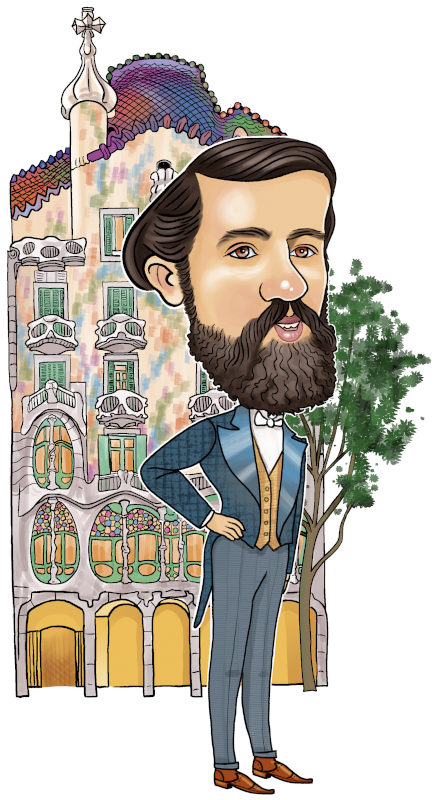
Antoni Gaudí i Cornet was a famous Spanish architect and designer. He is considered the great master of Catalan Modernism, as he explored many different styles of architecture, and created “equilibrated” structures, which were able to stand on their own without internal bracing. Gaudi's work is best described as free-flowing, full of curving organic forms that are colorful and exuberant. His style was very creative and used lots of strong lines, different shapes, significant arches, unusual texture and patterns. Most of his famous projects are located in Barcelona and include “Park Güell”, “Casa Milá”, “Casa Batlló” and “Sagrada Familia”. The Basilica (Sagrada Familia) is the largest unfinished Catholic Church in the world, part of UNESCO’s World Heritage list and among the most visited landmarks in Europe.
FLAMENCO DANCER
Flamenco Dancer
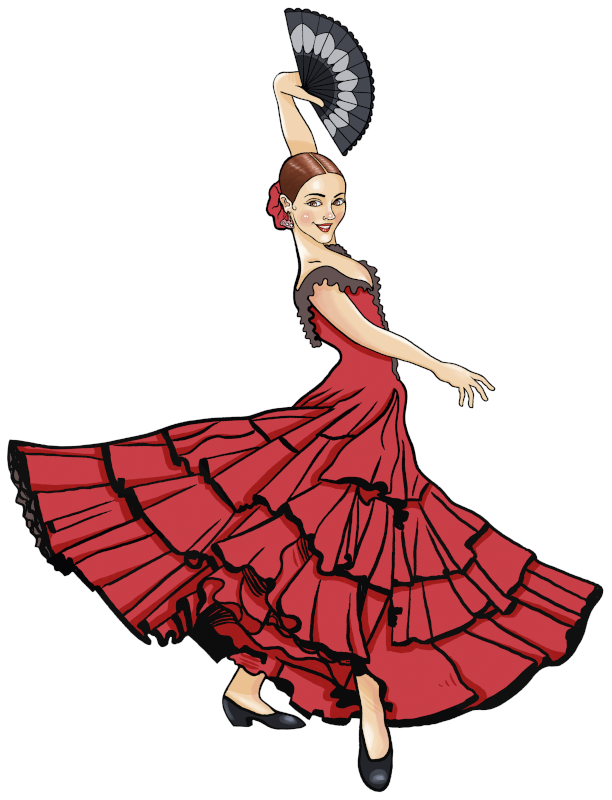
Flamenco dance is a highly-expressive dance form, originated from the Southern regions of Spain. At its most basic level, flamenco is made up of three parts: cante (singing), baile (dancing) and toque (guitar). The dance is characterized by hand clapping, percussive footwork, and emotional intensity. Through flamenco, dancers transmit their feelings through their facial expressions and body movements and it can encompass passion, anger, sadness, pain, fear and joy. The dancer’s dress is typically black or red and the outfit is completed with a shawl, worn over the shoulders. Nowadays, flamenco has been brought to the world stage, but it will always remain an intimate art, with nothing else but the voice, the guitar and the body of a passionate dancer. ¡Ole!
HERNAN CORTES
Hernán Cortés
LEGENDARY EXPLORER (1485 - 1547)
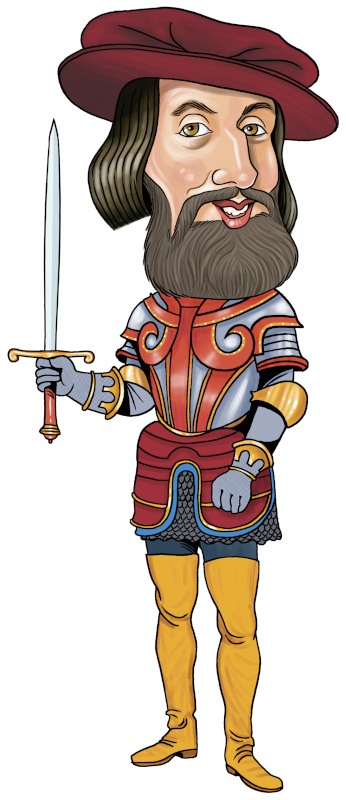
Hernando (Hernán) Cortés was a Spanish explorer and conquistador. In 1504, he sailed to the Dominican Republic and in 1511 moved to Cuba. He later became commander of an expedition to Mexico and he established a settlement, now known as Veracruz. He eventually conquered the Aztec Empire and renamed the city of Tenochtitlan to Mexico City in 1521. Then, Cortés was named governor of the land by King Charles I of Spain. According to the legends, during an expedition to the Americas in search of gold and riches, Cortes was offered by the Aztec emperor his favourite drink, the spicy warm chocolate! Upon his return to Spain in 1528, he brought back cocoa beans and introduced chocolate to Europe. Choco Myths team will be forever grateful!
FRANCISCO GOYA
Francisco Goya
LEGENDARY PAINTER (1746 - 1828)
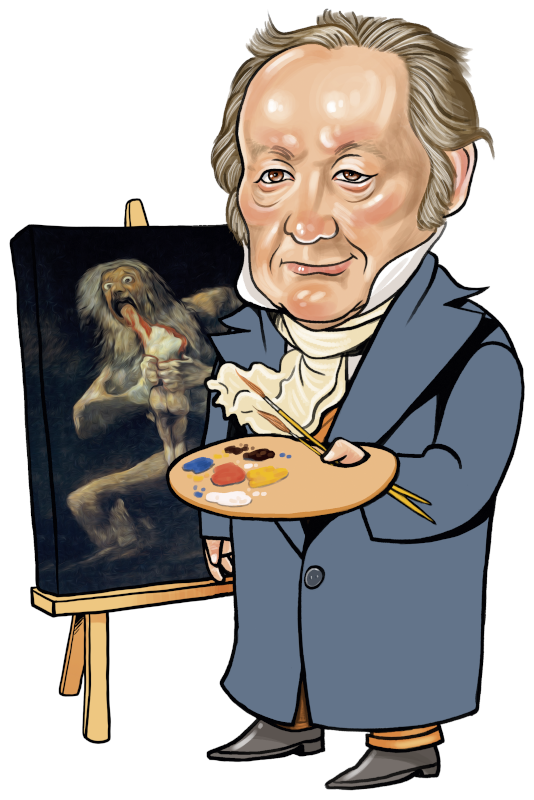
Francisco José de Goya y Lucientes was a Spanish romantic painter and printmaker. He is considered to be among the most influential figures of world art history. Goya became a court painter to the Spanish Crown in 1786, where he created many portraits for the Spanish royalty and aristocracy. In 1799, he became Primer Pintor de Camara, the highest rank for a Spanish court painter. Goya’s drawings, paintings and engravings influenced many significant artists of the 19th and 20th century, including Pablo Picasso and Salvador Dali. Some of his most famous paintings are “The Nude Maja”, “Saturn devouring his sons” and “Witches Sabbath”. He is frequently referred to as the last of the Old Masters and the first of the moderns.
EL GRECO
El Greco
LEGENDARY PAINTER (1541 - 1614)
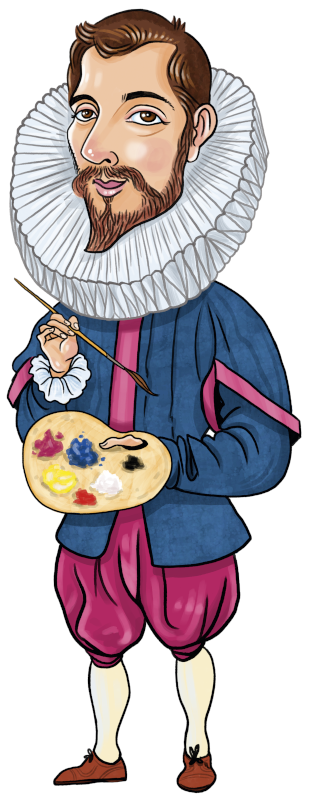
Doménikos Theotokópoulos, widely known as El Greco (the Greek), was a Greek painter, sculptor and architect. In his early years, he was trained as an icon painter in his homeland, Crete, and became a master of Byzantine art. At the age of 26, he moved to Italy, where he studied the work of Michelangelo and Raphael and was inspired by them. In 1577, El Greco moved to Spain and settled in Toledo, where he lived for the rest of his life. He became well known for his colourful Mannerist style and portraits. Some of his most famous paintings are “View of Toledo” and “Opening of the Fifth Seal”. El Greco is regarded as a precursor of both Expressionism and Cubism and he is considered as one of the greatest figures of world art.
EL CID
El Cid
THE LEGENDARY KNIGHT (1043-1099)

Rodrigo Díaz de Vivar, also known as El Cid ("the lord"), was a Castilian knight in medieval Spain. He became well known for his service in the armies of both Christian and Muslim rulers and was recognized with the honorary title of "Campeador" ("Master of the Battlefield"). The highlight of his accomplishments came in 1094, when he captured the city of Valencia from its Muslim ruler. After his death, El Cid became Spain's celebrated national hero and the protagonist of the most significant Spanish epic poem, “El Cantar de mio Cid”, which presents him as the ideal medieval knight: valiant, loyal, strong, spiritual, and fair. To this day, El Cid remains an iconic Spanish folk hero.
DON QUIXOTE
Don Quixote
DE LA MANCHA

Don Quixote is a Spanish, 17th century, epic novel by Miguel de Cervantes and one of the greatest works ever written. It is based on the quests of Alonso Quijano from La Mancha, a low class man who reads so many chivalric romances that he either loses or pretends to have lost his mind. He decides to live in a fictional world, become a knight-errant and wander the land in search of adventures under the name Don Quixote de la Mancha along with his humble companion, Sancho Panza. The book is often cited as the first modern novel, the character of Quixote is considered an archetype, and the word “quixotic” is nowadays used to describe the impractical pursuit of idealistic goals.
Christopher Columbus Legendary Explorer (1451-1506)
Cristopher Columbus
LEGENDARY EXPLORER (1451-1506)

Christopher Columbus was a famous navigator, born in Genoa, Italy. At a young age, he developed an ambitious plan to seek a western sea passage to the East Indies, hoping to profit from the lucrative spice trade. His voyage accidentally led him to the Caribbean islands where he established a colony in the island, known today as Haiti. He made three more expeditions to the Americas and he gave the name Indios ("Indians") to the indigenous people he encountered, as he thought he was in East Indies. It is true that he never clearly renounced his belief that he had reached the Far East, but in reality, he founded the Americas.
© All designs are property of Roots of Life M.I.KE.

